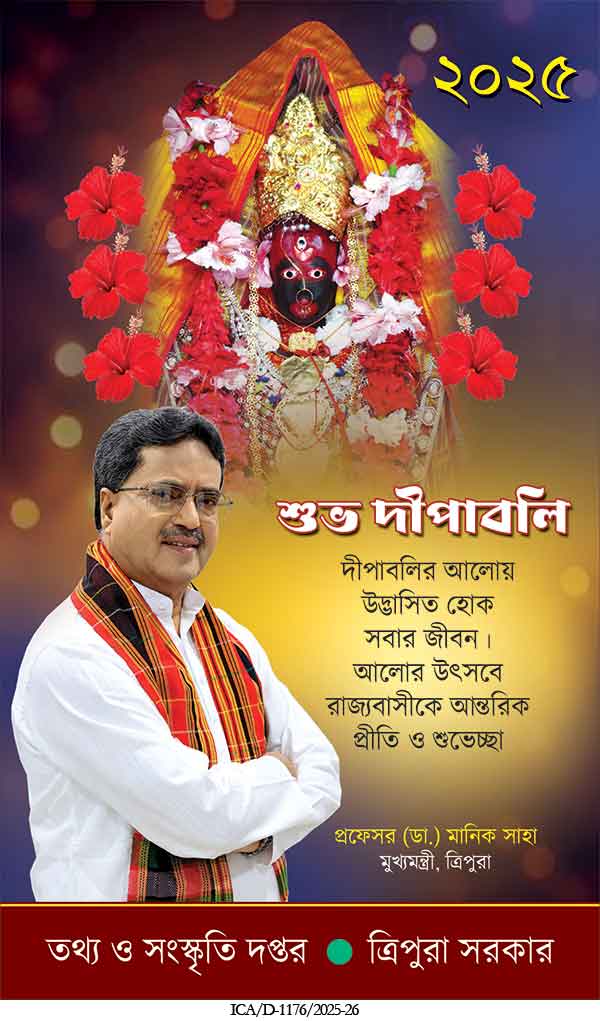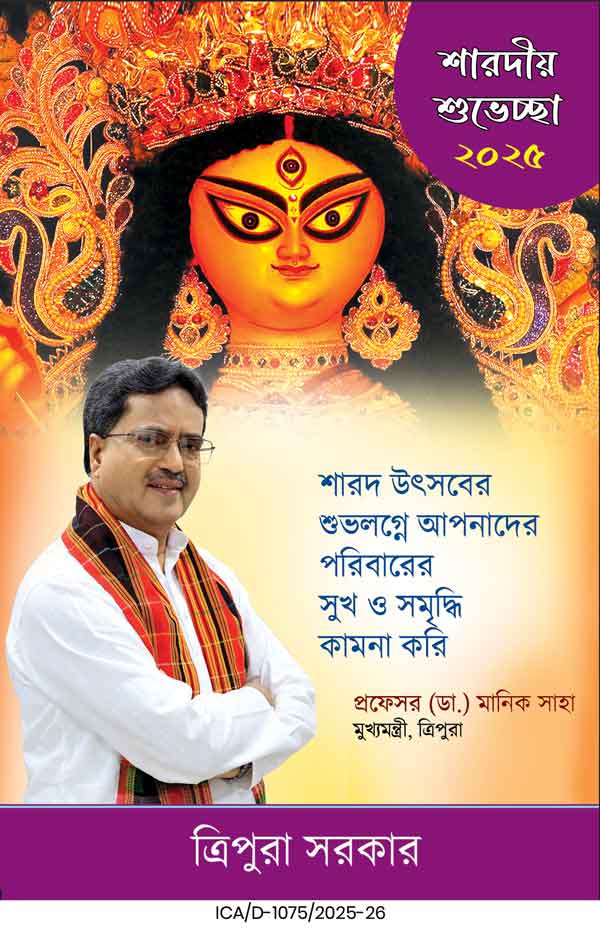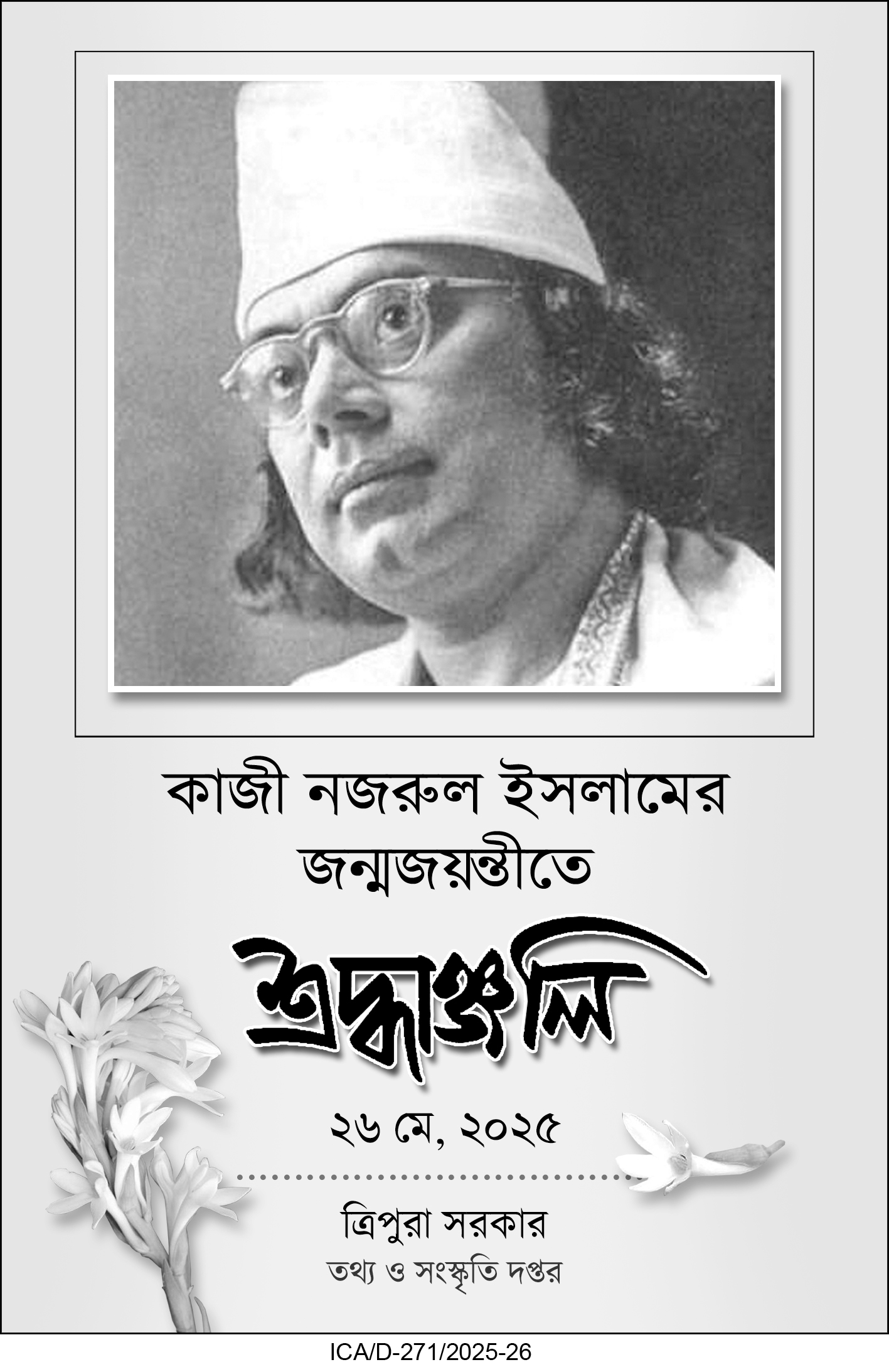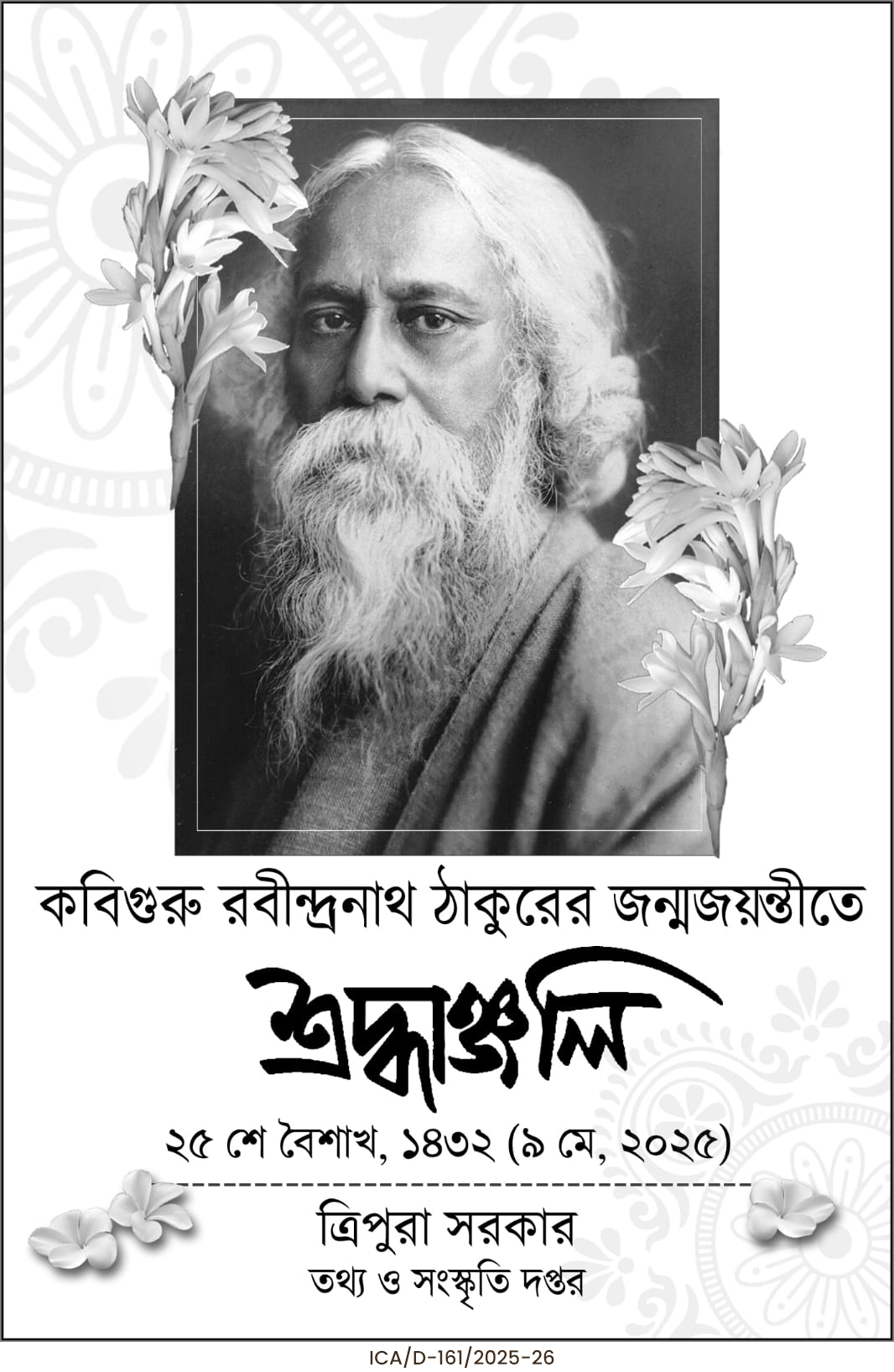Celebrate Laxmi Puja, the festival of light and blessings, with traditional rituals, family gatherings, and devotion. Discover how Bengali households honor Ma Lokkhi with lamps, sweets, prayers, and hope for prosperity, peace, and happiness.
As Bengal prepares for Laxmi Puja, homes across towns and villages are adorned in anticipation of a night that celebrates wealth, purity, and abundance. Scheduled for tomorrow, this festival transcends mere ritual, acting as a delicate thread that weaves together generations, blending mythology, tradition, and the intimate rhythms of domestic life.
Unlike the grandeur and rhythmic beats of Durga Puja, Laxmi Puja begins quietly. In early hours, mothers sweep their homes and sprinkle water mixed with sacred cow dung at thresholds. They draw intricate “alpona” — white rice-paste designs — guiding the goddess into their homes. Among these, the footprint motif holds the highest significance, symbolizing Laxmi’s arrival and her decision to bless the household.
As the afternoon unfolds, preparations intensify. The thakur ghor (prayer room) is decorated with earthen lamps, fresh flowers, and meticulously arranged offerings. A clay idol or framed image of Mahashakti Laxmi is placed atop a bed of rice grains, representing abundance. Beside her are dhan (paddy), kola (bananas), five types of fruits, and traditional Bengali sweets such as narus, chirer moa, and payesh, all prepared with love and devotion by the women of the house.
By evening, the entire household gathers for the puja ritual. Priests, often attending multiple homes due to high demand, chant Sanskrit hymns and Bengali prayers (panchali) invoking Laxmi’s blessings. Women offer anjali with lotus flowers and rice, while children, dressed in new clothes, watch in awe as the flickering pradeep lights illuminate the idol’s golden smile. Following the ritual, families light earthen lamps at every doorway, balcony, and courtyard — a luminous invitation to the goddess and a symbol of light triumphing over darkness.
The night is steeped in quiet devotion. Some families remain awake, reading sacred texts or singing Lokkhi’r panchali, believing that sleepless devotion pleases Ma Lokkhi. Moonlight spills over courtyards and riverbanks, and lamps glow softly, as if the Earth itself welcomes a divine guest.
What makes Laxmi Puja particularly special is its domestic intimacy. Unlike public festivities, it is a festival of the home. Families gather, share prayers, and nurture hopes for a good harvest, financial stability, and peace within the household. In rural areas, farmers offer the first harvest of aman paddy to the goddess, while urban traders and shopkeepers worship their account books, seeking prosperity in the coming year. A common sight is the hurried priests, often in short supply, rushing to multiple homes to perform the rituals. Sometimes, senior officers, bank officials, teachers, and other community members belonging to the Brahmin community are requested by neighborhood women to assist in conducting the puja.
The mythology behind Laxmi Puja centers on Goddess Laxmi, the radiant consort of Lord Vishnu and the embodiment of prosperity. Fondly called “Ma Lokkhi” in Bengali households, she represents not only wealth but also harmony, health, and happiness. According to legend, she emerged from the cosmic ocean during the Samudra Manthan — the great churning of the seas — bringing fortune and fertility.
Traditionally observed on the full moon night of Kojagari Purnima following Durga Puja, Laxmi Puja derives its name from “Ko jagarti?” meaning “Who is awake?” It is believed that the goddess descends to bless those who stay awake in devotion and maintain cleanliness. Hence, families meticulously clean and decorate their homes, believing that only pure and welcoming spaces attract her presence.
| Also Read: Tripura’s ‘Mayer Gaman’ Carnival Ends Durga Puja with Cultural Splendor |
Ultimately, Laxmi Puja is more than a festival — it is a celebration of balance, gratitude, and togetherness. It teaches that true wealth encompasses not just material riches, but also love, harmony, and familial bonds. As Bengal readies itself for tomorrow’s sacred night, homes of all sizes will shine brightly, eagerly awaiting Ma Lokkhi’s gentle footsteps to cross their thresholds and fill their lives with light and blessings.





